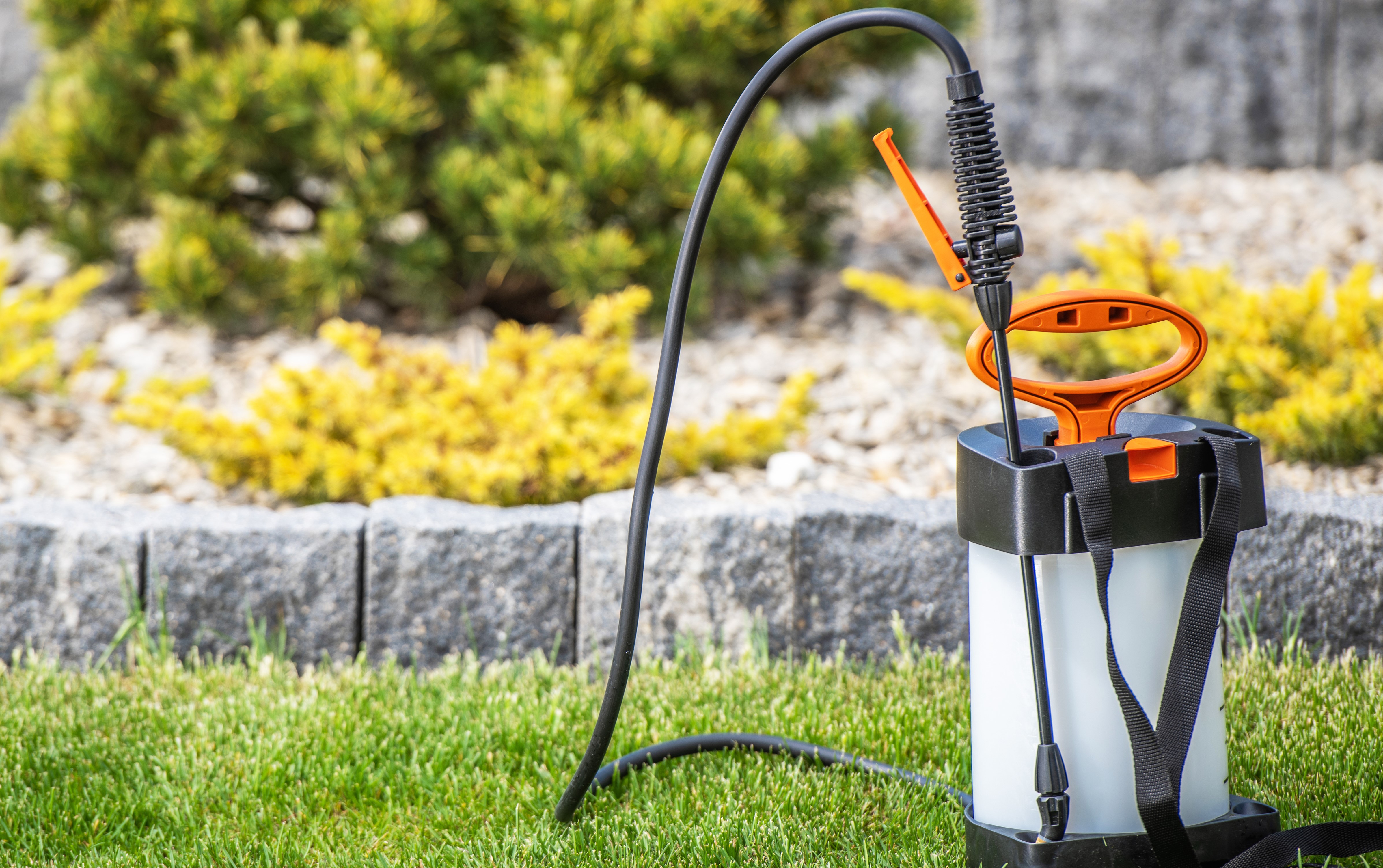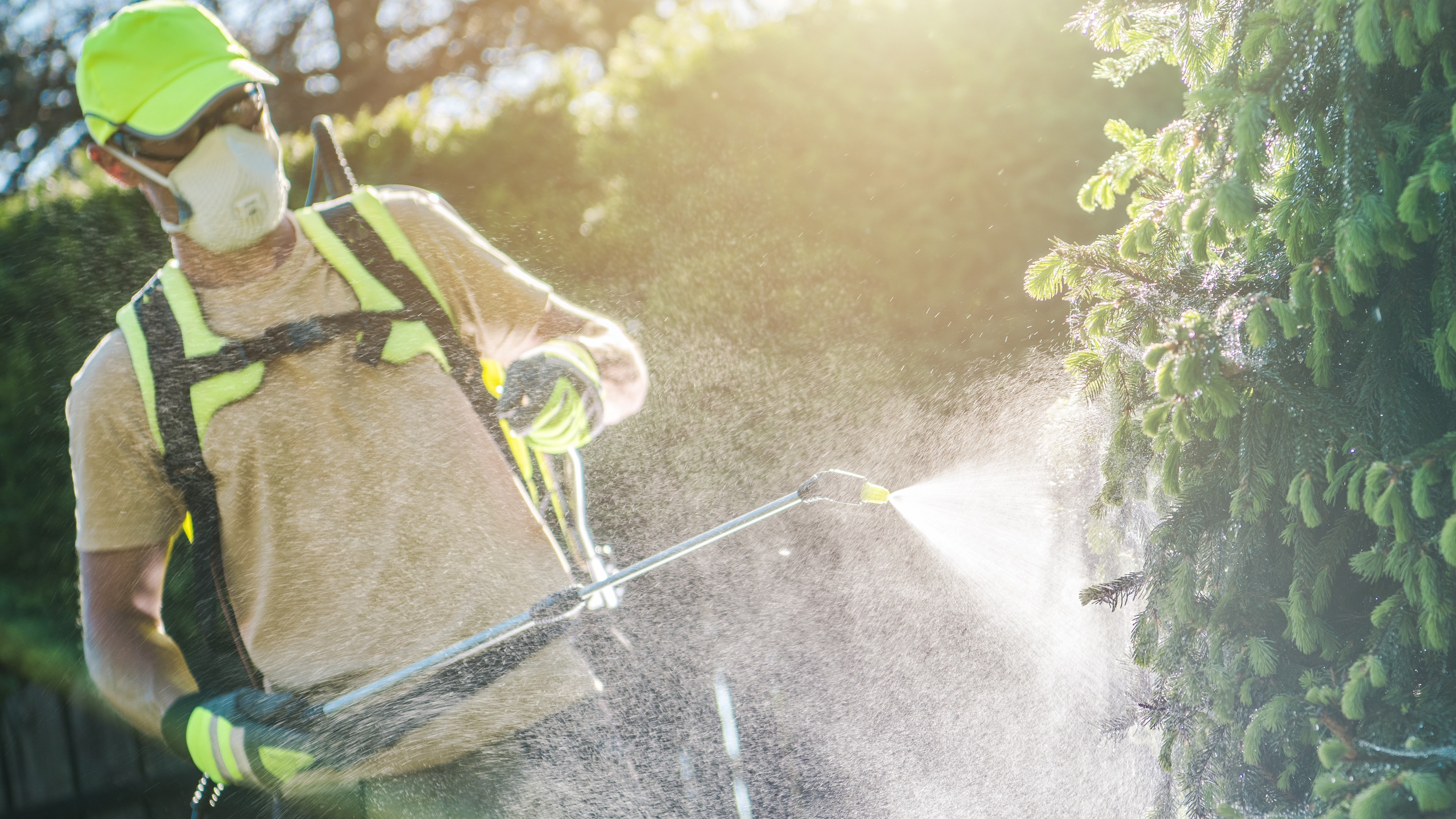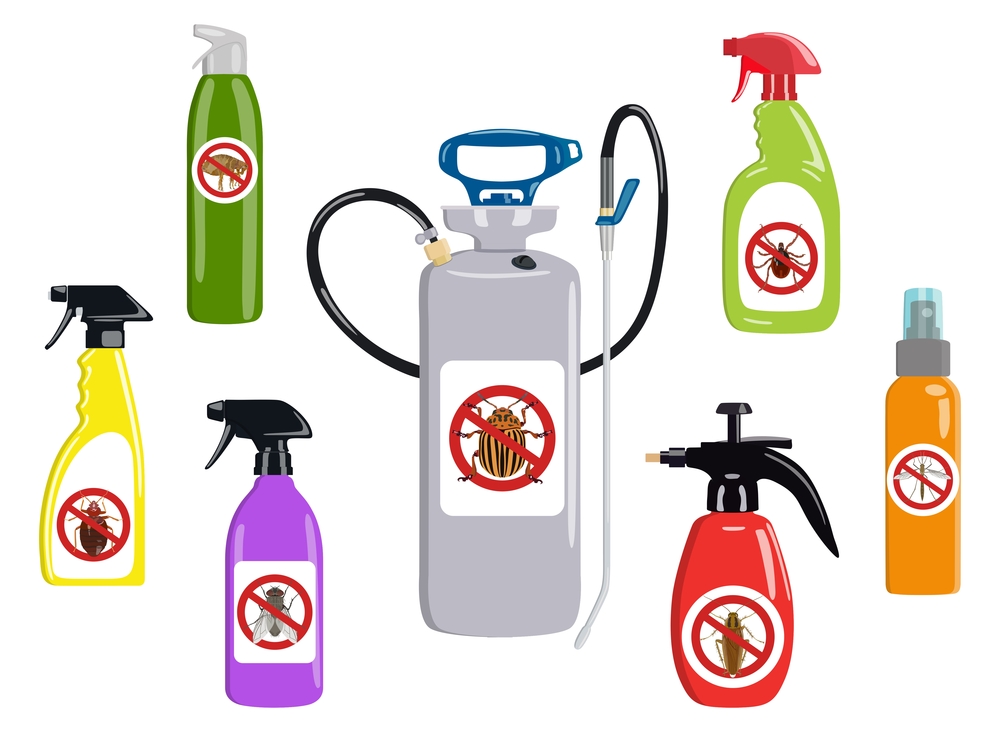It’s April, which means it’s officially tax season. Whether you’re planning out what to do with your refund, or how to come up with the cash to pay your taxes, your finances are certain to be playing a major part in your daily thoughts. As you go over the figures for the year, one inescapable fact is bound to surface: life is expensive. And it’s getting more so with alarming speed. According to US Inflation Calculator, the current inflation rate is at a whopping 7.9%, the highest since 1982, and a full 6.2% higher than just 1 year ago. Take a look at the CPI (Consumer Price Index) and you’ll see a similar story: in the last 40 years the cost of consumer goods and services have gone up over 183%. Of that rise, nearly 104% has been in the last 20 years, and nearly 25% has been in the past 2 years! With costs on the rise, it’s no wonder that DIY projects have gained ever-increasing popularity as a way to try to save money. But as many a YouTube video can attest, sometimes DIY or life hack solutions can be much worse for your mental, physical, and financial health than just buying the item or service you need. Pest control is certainly one of these services, where what might seem financially beneficial at a glance is actually quite costly once you delve into it.
The costs of attempting DIY pest control can be broken down into 3 sections: financial, ecological,and personal. Within each section we will look at the many issues you will face if you decide to try to handle pest issues yourself. As you will see, each of these sections alone would be enough to illustrate why calling The Bug Dude at 1-800-310-BUGS (2847) at the first sign of trouble is always the better way to go. So as you’re evaluating your financial situation for the year, keep the following in mind when deciding where you can and cannot cut corners.

Financial Costs:
Generally speaking, if you’re looking at doing your own pest control, it’s not because you are particularly excited at the prospect, but because you believe it will save you money. You might see a bottle of Bifenthrin for under $20 and think that you can just buy it and save yourself from having to purchase a professional pest control treatment for 3 or 4 times as much. However, that one product isn’t even close to all that you’d need to purchase to do just a single spray around your home for spiders.

To begin with, you’re going to need something to mix the product in and then spray it. Though you could get a small pump sprayer for around $10, it won’t hold much product, which means to complete just one spray of your home you’d need to fill it at least 3 times, each time having to be extremely slow and cautious not to have the pesticide spray all over you when you open the pressurized container (truthfully, with an inexpensive sprayer this is virtually impossible to avoid), and each time having to carefully mix up a new batch. One step up from the pump sprayer, you have a backpack sprayer, coming in at around $85. While this is much better for basic jobs, to get to the eaves of your home, your yard, or get a truly thorough perimeter treatment, you’ll need to get a power spray rig, coming in at close to $2,500. Remember, though, that the rig is for the exterior only, so you’ll still need the backpack or pump sprayer to take care of the interior of your home.

Now that you’ve got a single product and a way to spray it, you’ll need some PPE in order to keep yourself safe while using the pesticides. A one-time use kit consisting of mask, goggles, gloves, booties, and coverall will cost you about $27. This kit is only applicable to liquids, granules and gels; using dusts is a whole other ordeal and needs specialized respirator masks ($75) and dusters ($31 handheld or around $420 for electric). Already you’re looking at a minimum of $132 for one single-product basic treatment of your home (not including attics, crawl spaces, eaves, or yard). While this simple treatment will help with a few pests (such as spiders and pill bugs), what about if you’re having issues with roaches or ants? Or what if you want organic pest control options?

Suddenly, the price rises even further with each new product, and yes, these products won’t provide more than a few treatments per purchase. Glue boards: $15; pesticide dust: $25; roach bait: $30; ant bait: $39; organic general pesticide: $41. Keep in mind a single roach treatment is likely to use several types of bait, spray, and potentially dust. To make things worse, using the wrong products for the pest you’re trying to treat or even using the correct products in the wrong areas not only will be ineffective, but they can easily make the issue much worse and harder to treat. This may sound counter-intuitive as you would think adding pesticide would always help, but in fact many pest species can react to the wrong pesticide by increasing their numbers drastically and/or moving locations; when they move you may initially think the issue has been handled, but in reality they have simply moved to a less visible location and increased their numbers to a full blown infestation. Treating for this infestation will cost significantly more and take much more time and effort than having the original issue handled by a professional.

This brings us to the problem of wasted products. Not only do all of these products have an expiration date (and yes, the expiration is a real one, not one you can fudge), but they all have a limited amount of time that they will be effective for. This time-frame is based on the half-life of the product, which means how long the product has potency. In addition, certain products work best for specific pests and particular locations (as discussed above) and assuming the products you use do not make the issue worse, without training and experience to know which products to use where and for what, you are certain to have to attempt a range of products in the pursuit of eventually eliminating your pest problem, and anything that didn’t work is just wasted money. To add salt to the wound, if you’ve decided to buy the items in person to expedite the process (though not all of these will even be available at local stores), don’t forget to add the rising cost of gas to your total. At over $3.85 per gallon (up almost $2.30 per gallon in just 2 years per the U.S. Energy Information Administration), this can make a dent in your wallet if you have to make several trips to several stores.

All of the above is considering you buy reputable products. Many products that you can easily find at your local hardware stores are not quality products and are not going to do the job. You could end up doing all the work, and spending time and money (though they are generally inexpensive, you will need to buy multiple to treat your whole home, and that will quickly add up since they are around $10 each) for no benefit at all or even a negative (see above). Often these products come in their own spray container and make unrealistic grandiose claims on the bottle that they sadly can not live up to. This is not to mention that many insects cannot be gotten rid of without professional-level chemicals that can only be purchased and used by a licensed pest control technician. And there is good reason for this restriction (read part 2 to learn more about the dangers of using pesticides without the correct training).

Even worse than the expected costs of doing your own pest control, which we just discussed, are the unexpected costs. Without proper knowledge of which products can be used where, in what quantities, and how they are to be prepared, the likelihood of causing damage to your flooring, paint, yard, and other parts of your home is much higher than you would think. Not to mention the potential long-term pest damage that could be happening as you attempt to deal with an issue on your own. With the median Texas home currently costing $318,750 (more than double the median home cost just a decade ago per the Texas Real Estate Research Center at Texas A&M), you’d be taking a high-stakes gamble that nothing goes wrong in your DIY attempt.

So what does this all add up to? In order to do your own pest control you’re looking at a price point of somewhere between $140 and $3,500 (assuming your gamble paid off and you didn’t do any damage to your home). Yes, some of this cost is in re-usable items like the backpack sprayer, and some of the products will be good for more than 1 treatment, but it doesn’t factor in any wasted products due to ineffectiveness or expiration, and it certainly doesn’t factor in damages. Not to mention the financial gamble you’re taking that your DIY project will put you on the lower end of the range and not the higher end. It’s no fun thinking you’re going to spend around $150 only to end up needing to spend 23 times as much.
But maybe you’re not convinced and you like the idea of taking the financial risk of DIY instead of simply calling The Bug Dude at 1-800-310-BUGS (2847) and letting our expert technicians take the guess work out of the treatment and pricing. In that case, check out next month’s article where we will discuss the ecological and personal costs that attempting DIY pest control creates. And yes, some of those costs will add to your financial burden as well.
Author Bio: Alissa Breach has been gaining knowledge and experience around pest control concerns over the last 12 years while working for Mid-Cities Pest Control. She has a creative writing BA from UW-Madison and is always pursuing new and interesting writing projects.




